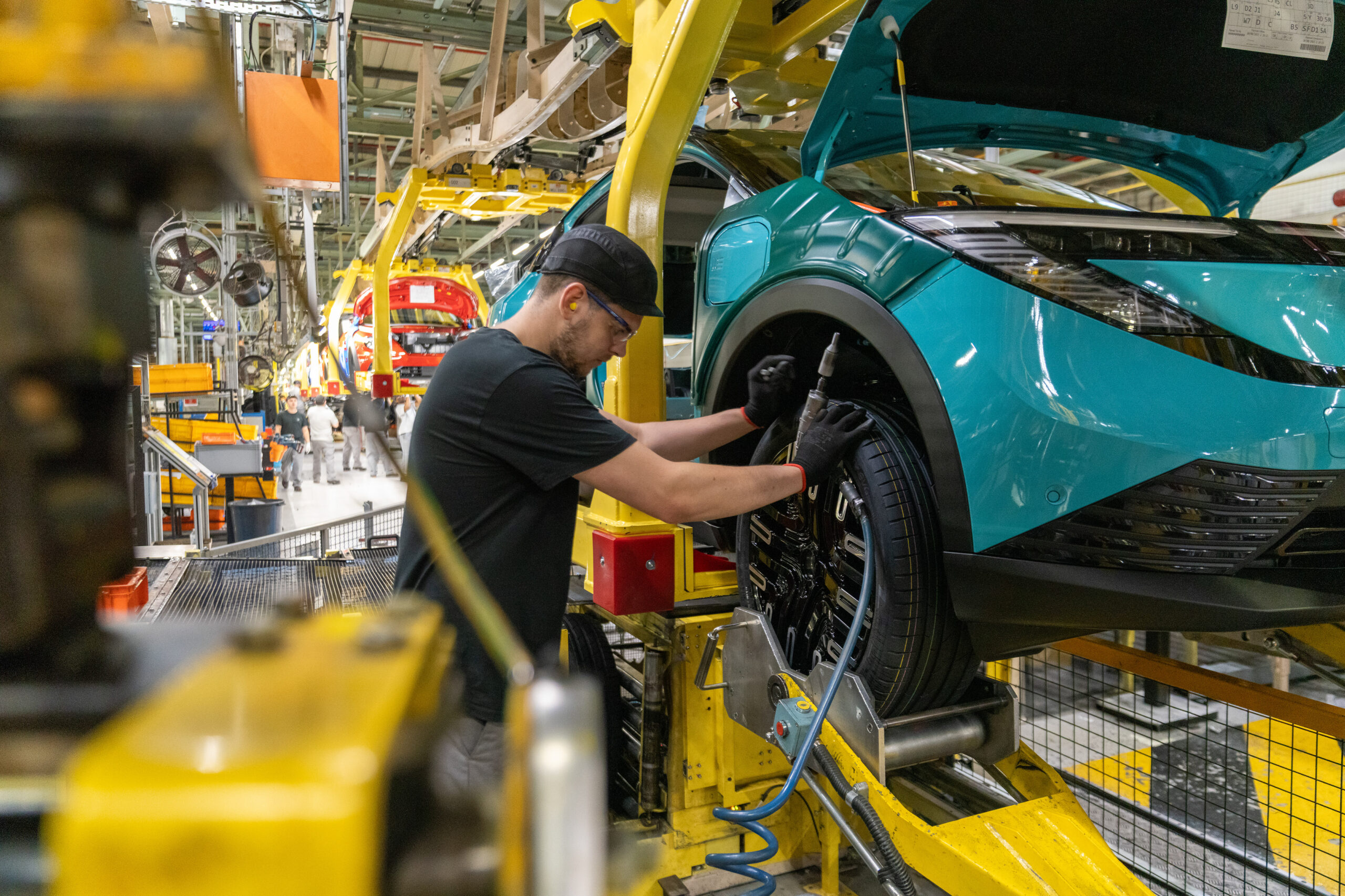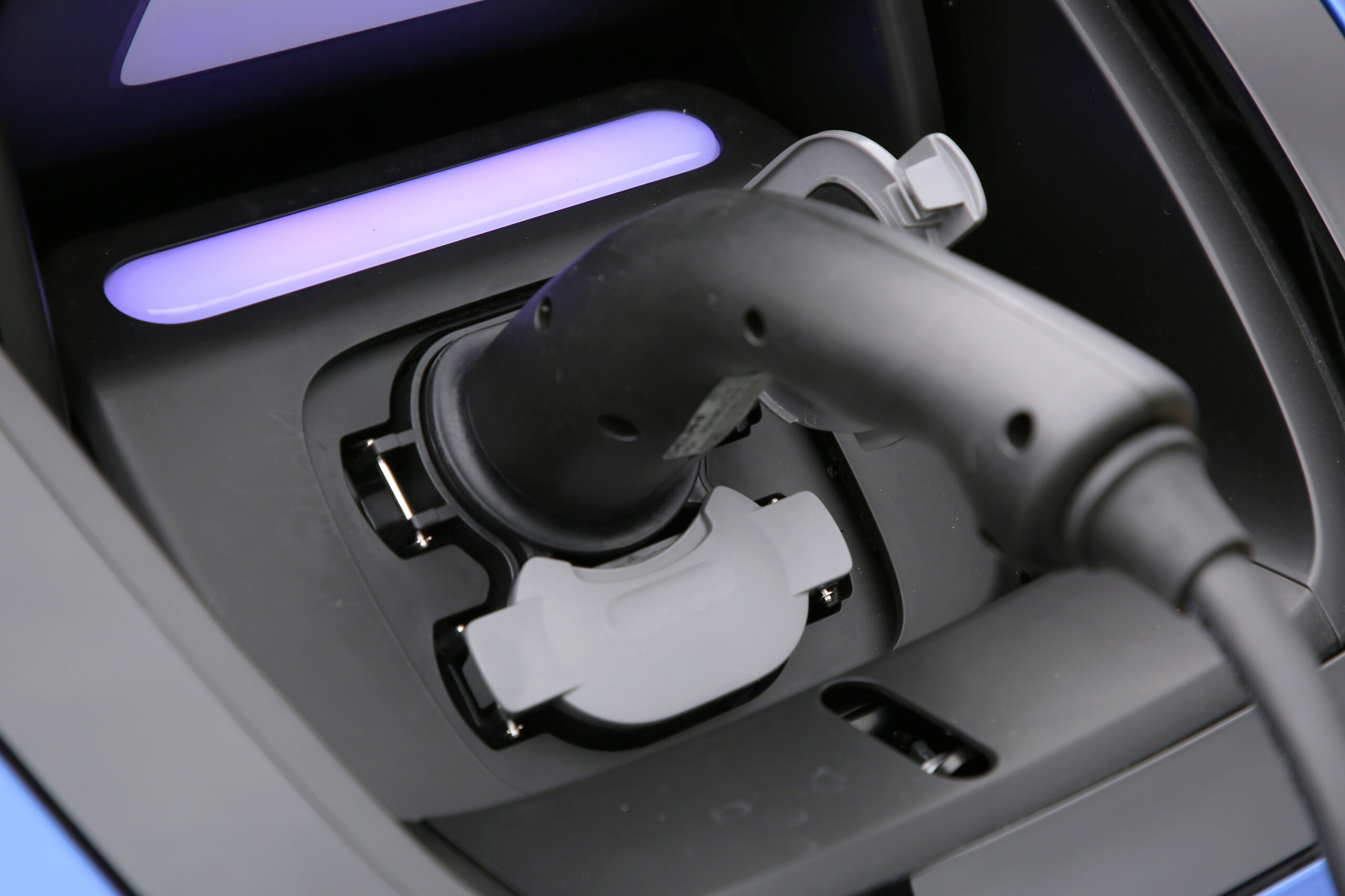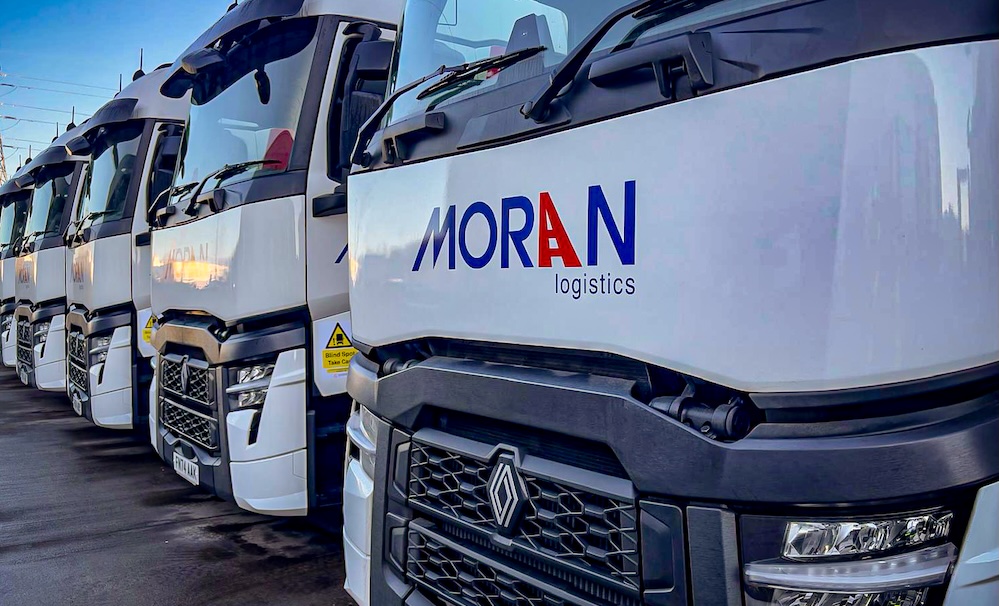
Telematics systems are critical for transport companies to enhance everything from fuel efficiency and safety measurement to vehicle tracking and incident recording – all with the goal of improving business performance.
As these systems provide such a wide variety of options, commercial fleets will also tend to choose those best suited to their operations.
For example, Leicestershire-headquartered Moran Logistics said it has achieved significant operational improvements – across compliance, safety, visibility, customer service and sustainability – by adopting telematics products from Microlise.
The company has more than ten operational sites across the UK, and a combined fleet of more than 500 tractors and trailers.
One of the most immediate benefits has been the ability to remotely download all tachograph data, reducing manual administration while maintaining full compliance with driver hours regulations – allowing Moran Logistics to reallocate valuable time to more strategic tasks.
Real-time vehicle tracking means the operations team now has full visibility of vehicle locations, enabling them to respond quickly to any issues and ensure deliveries stay on schedule.
The platform also provides insight into driver behaviour, tracking metrics such as the use of cruise control use, heavy braking instances and harsh acceleration patterns.
This data has enabled the business to identify areas for improvement and reduce fuel consumption.
“We decided to go to Microlise because they offer an end-to-end solution; all managed within one portal,” said James Osborne, Transport Systems Manager at Moran Logistics.
“Microlise aims to get the most out of the system for us, doing regular checks to see if we’re using features that can help in specific areas of our operation.”
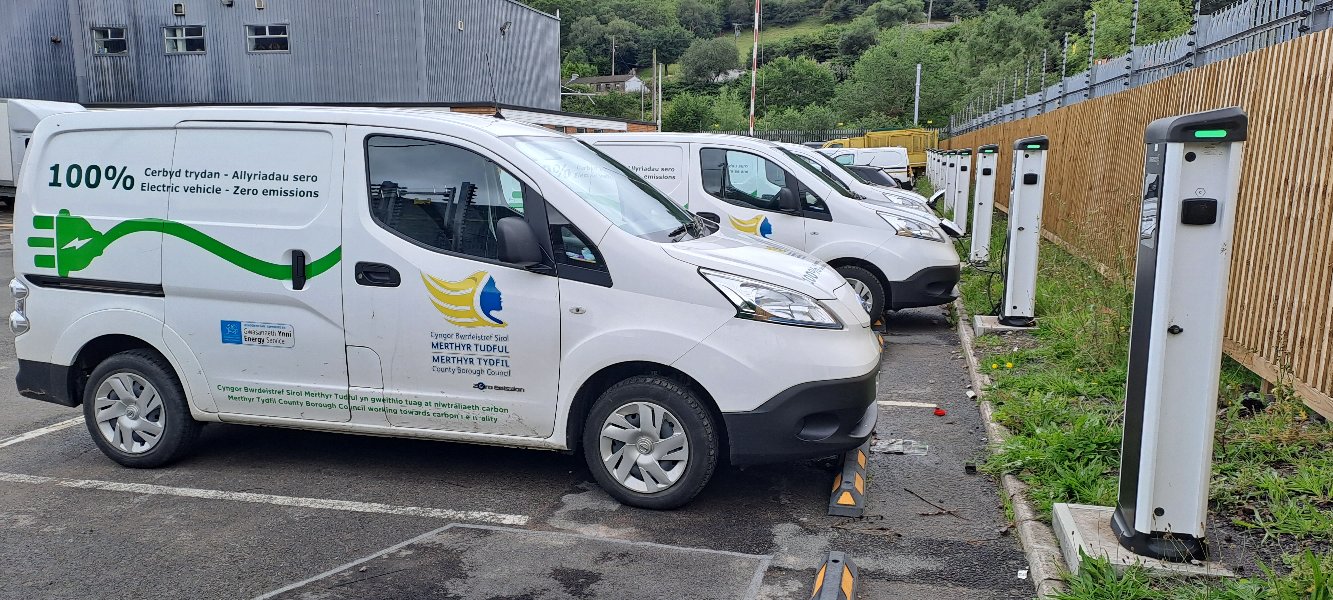
In Wales, meanwhile, the fleet operations team at Merthyr Tydfil County Borough Council has worked with Fleetclear to help its drivers adapt to the decision by the Welsh Government in 2023 to reduce speed limit zones in urban areas from 30mph to 20mph with the aim of improving safety.
Fleetclear came up with a customisable GPS-Controlled Safety solution that provides alerts, automatic speed management options and data insights.
Real-time GPS and telematics data monitor vehicle locations and are triggered when a vehicle enters a designated 20mph zone, activating an audible speaker inside the cab, ad warning the driver to slow down.
The council’s fleet of 125 vehicles – 25% of which are electric – including small vans, specialist vehicles and waste & recycling vehicles, have now been equipped with the system.
Ioan Vantu, Transport Manager for Merthyr Tydfil, said: “We generate speeding reports and once the 20mph zones were introduced the number of speeding alerts for the whole fleet jumped from an average of 70 to 80 per month to over 11,000.
“We used to be able to address the alerts with specific drivers. However, this number made it impossible to deal with on a one-to-one basis.
“Since having the system fitted, we have monitored the occurrence of speed alert counts at random intervals across the fleet and have found a reduction of 53.54% in speeding events within the geofence zones.”
Elsewhere, Severn Trent Services uses fleet management tools from Michelin Connected Fleet to undertake regular driver feedback and coaching to improve on road performance.
It also utilised the technology to analyse and reduce engine idling by 30% across its van fleet between December 2023 and December 2024.
In addition, the service provider is using Michelin Connected Fleet’s Electric Vehicle transition tool to identify where zero tailpipe emission vehicles would make suitable replacements for ICE-powered units.
However, the system was really put to the test when one of the company’s mobile field technicians was involved in an A-road incident in rural Kent, leaving the van obscured in a hedgerow and the driver unresponsive.
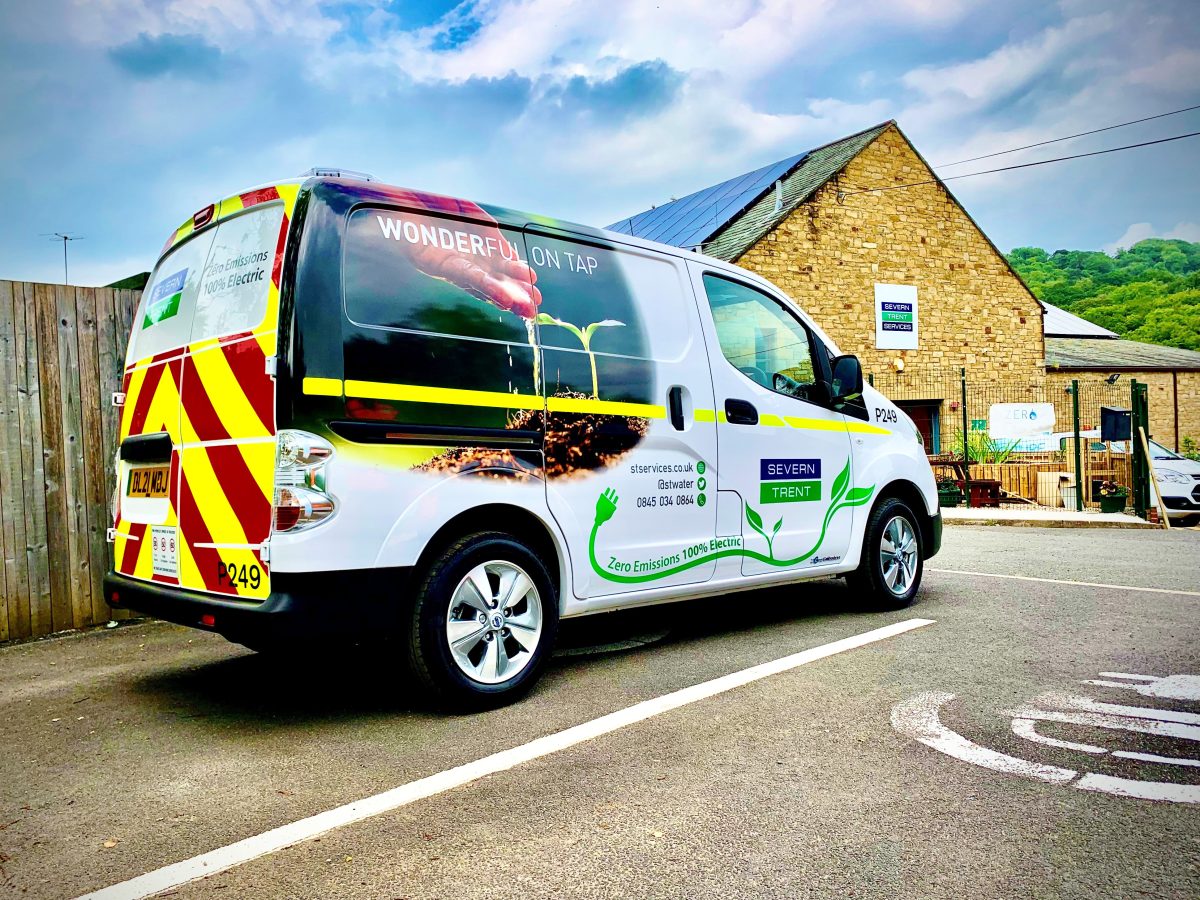
As part of the Michelin Connected Fleet telematics package, each vehicle is fitted with an accelerometer to detect events such as harsh braking or in this case, to trigger the Incident Management function when a specified G-force limit is breached, such as in a crash.
This saw the system automatically alert the Severn Trent Services control room that there had been an incident that needed attention.
As part of the alert process, a GPS and a digital map reference of the van’s location was immediately provided.
The control room’s subsequent calls to the driver established that there had been a crash and proved successful in rousing him from his semi-conscious state.
Lauren James, Business Support Manager at Severn Trent Services, said: “Our field technicians work around the clock and in all conditions, with their vehicles serving as mobile offices.
“I think this [incident] has served to re-educate some of the business about the use of telematics and tracking.
“Previously some viewed it as intrusive but the incident, no matter how rare, reassured our workers that we take their safety seriously and that should the worst happen, we’re able to help them.”
Civil engineering, infrastructure and tunnelling specialist Barhale has also introduced telematics with a video dashcam system from SureCam, involving 300 vehicles from small and medium vans to larger vehicles such as tippers and dropsides.
According to Barhale, the new system has provided access to live and historical footage and supporting data, allowing driver behaviour to be closely monitored and enabling the fleet team to respond appropriately to incidents in real-time or retrospectively.
A secondary rear camera on vehicles has also enhanced visibility across a broader range of incidents, particularly in cases where vehicles are struck from behind.
Nathan Phipps, Fleet & Transport Manager at BCS Group, part of the Barhale group of companies, said: “The adoption of best driving practices has resulted in a reduction in at-fault insurance claims.
“Additionally, the high-quality and readily available footage enables us to effectively challenge 50/50, exaggerated and false claims, helping to lower our overall claims costs and improve our risk management.”
Transport operators are constantly looking to of improve driver and vehicle standards and, thankfully, telematics systems can help them on that journey, delivering improved road safety and fleet compliance.

